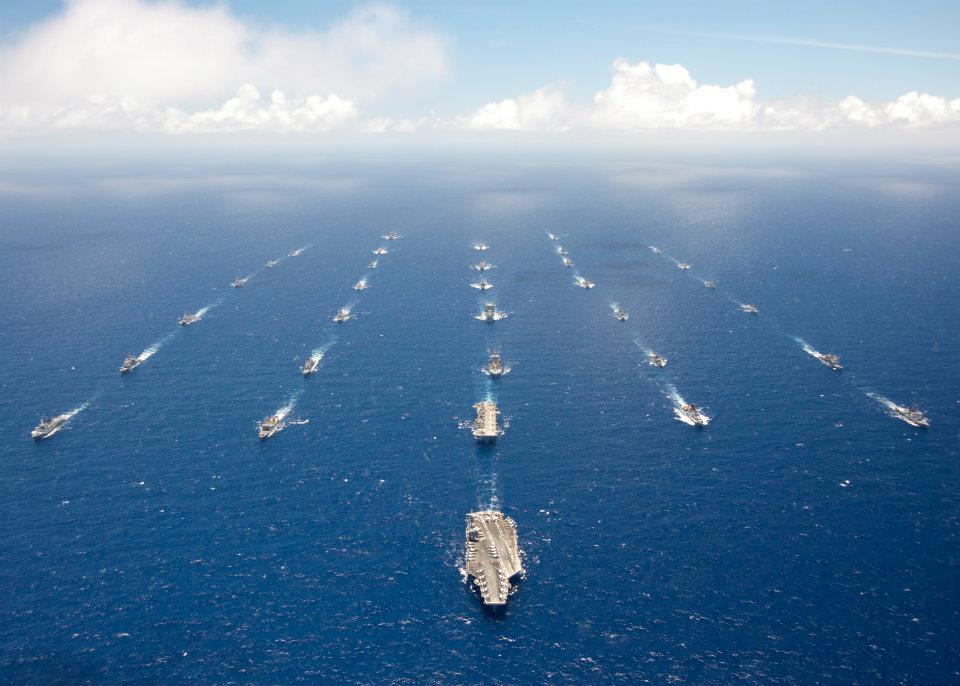Welcome to the Milcom Monitor Post sponsored by Teak Publishing (Copyright © 2006-2023 Teak Publishing). All rights are reserved. Redistribution of these pages in any format without prior permission is prohibited. Links to individual stories are permitted without permission. The comment section on this blog is closed, but you can pass along material or comments via email MilcomMP at gmail dot com. If you submit material for this blog and want to remain anonymous, indicate that in your message.
Milcom Monitoring Post Profiles
- Home
- What are Emergency Action Messages (EAM)? Updated 20 September 2021
- UFO Milsat Program
- Fleetsatcom System
- UHF 225-380 MHz Milcom Spectrum Holes: Updated 24 July 2019
- Civilian Air Cargo/Airline/Military Call Signs
- Intl HF Aero Civ/Gov/Mil Frequency List
- USN Aircraft Modex Numbers
- University of Twente Wide Band WebSDR Netherlands
- U.S. Military ALE Addresses
- DoD Air Refueling Frequencies - Update 15 Jul 2016
- COTHEN HF Network – Last Update 23 May 2023
- Monitoring the Civil Air Patrol Auxiliary Update 10 Sep 2016
- US Coast Guard Asset Guide - Update 24 May 2023
- The Spectrum Monitor e-Zine Milcom Column Index - Update 17 January 2022
- The Milcom MT Files (1998-2013) Articles Index
Wednesday, July 31, 2013
Russian-US Procedures for Prevention of Dangerous Military Activities
In light of the recent increase in Russian military activity worldwide and now Open Sky Treaty over flights here in the US, this is a good time to post up the "procedures for the prevention of dangerous military activities between the US and Russia."
An agreement between the United States and Russia seeks to ensure the safety of the personnel and equipment of each country’s armed forces by avoiding certain dangerous military activities and expeditiously and peacefully resolving related incidents. b. When in the proximity to one another, the armed forces of each country are to refrain from:
(1) dangerous use of lasers.
(2) dangerous interference with command and control systems.
(3) certain activities in mutually agreed upon Special Caution Areas.
The US and Russia have also agreed to follow special procedures when the armed forces of one country enters, either unintentionally or as a result of force majeure, into the national territory of the other country.
The following frequencies will be used to establish radio communications.
Between US and Russian aircraft, or between an aircraft and air traffic control or monitoring facility of the two armed forces, on 243.0 MHz (International Distress and Emergency frequency) or 121.5 MHz (International Aeronautical Emergency frequency), or on HF band frequency 4125.0 kHz AM (alternate 6215.5 kHz AM), both agreed International Distress and Safety Calling/Reply frequencies for contact beyond line of sight. After the phrase "Radio Contact" is exchanged, use frequencies 278.0 MHz, 130.0 MHz, or 4125 kHz, respectively, for sustained radio communications.
Between a US or Russian ship and an aircraft of the opposite force: on 243.0 MHz (International Distress and Emergency frequency) or 121.5 MHz (International Aeronautical Emergency frequency). After initial contact is made and the parties agree, they will move to 278.0 MHz or 130.0 MHz respectively when sustained communications are required. The sustained radio communications frequencies are not dedicated to Dangerous Military
Activities. At times, these frequencies may be unusable.
Although the frequencies above are intended for communications involving aircraft, attempts to contact Russian Forces can be made, should the capability exist, using the frequencies designed for ship or ground communications, as appropriate.
Ship-to-Ship and Ship-to-Shore Communications: VHF band (Channel 16) frequency 156.8 MHz FM (International Distress and Calling frequency), or on HF band frequency 2182.0 kHz AM (International HF Distress and Calling frequency).
Ground Communications: VHF band frequency 44.0 MHz FM (alternate 46.5 MHz FM), or on HF band frequency 4125.0 kHz USB (alternate 6215.5 USB) (International HF Distress and Calling frequencies).
Radio Call Signs
For expeditious identification of an aircraft, ship ground control station, or ground unit, the call signs below will be used:
Ships
Russian "Bugel" (phonetic - BOO-gel) and US "Port Mast"
Aircraft
Russian "Sedlo" (phonetic - Sed-LOW) and US "Ivory Eagle"
Air Traffic Control or Monitoring Facility
Russian "Zemlya" (phonetic - Zem-le-YAW) and US "Electric Light"
Ground Force or Unit
Russian "Polya" (phonetic - POLE-yaw) and US "Post Pounder"
